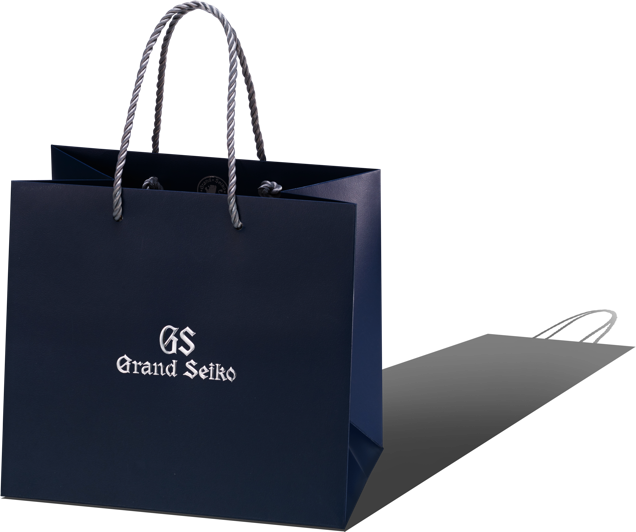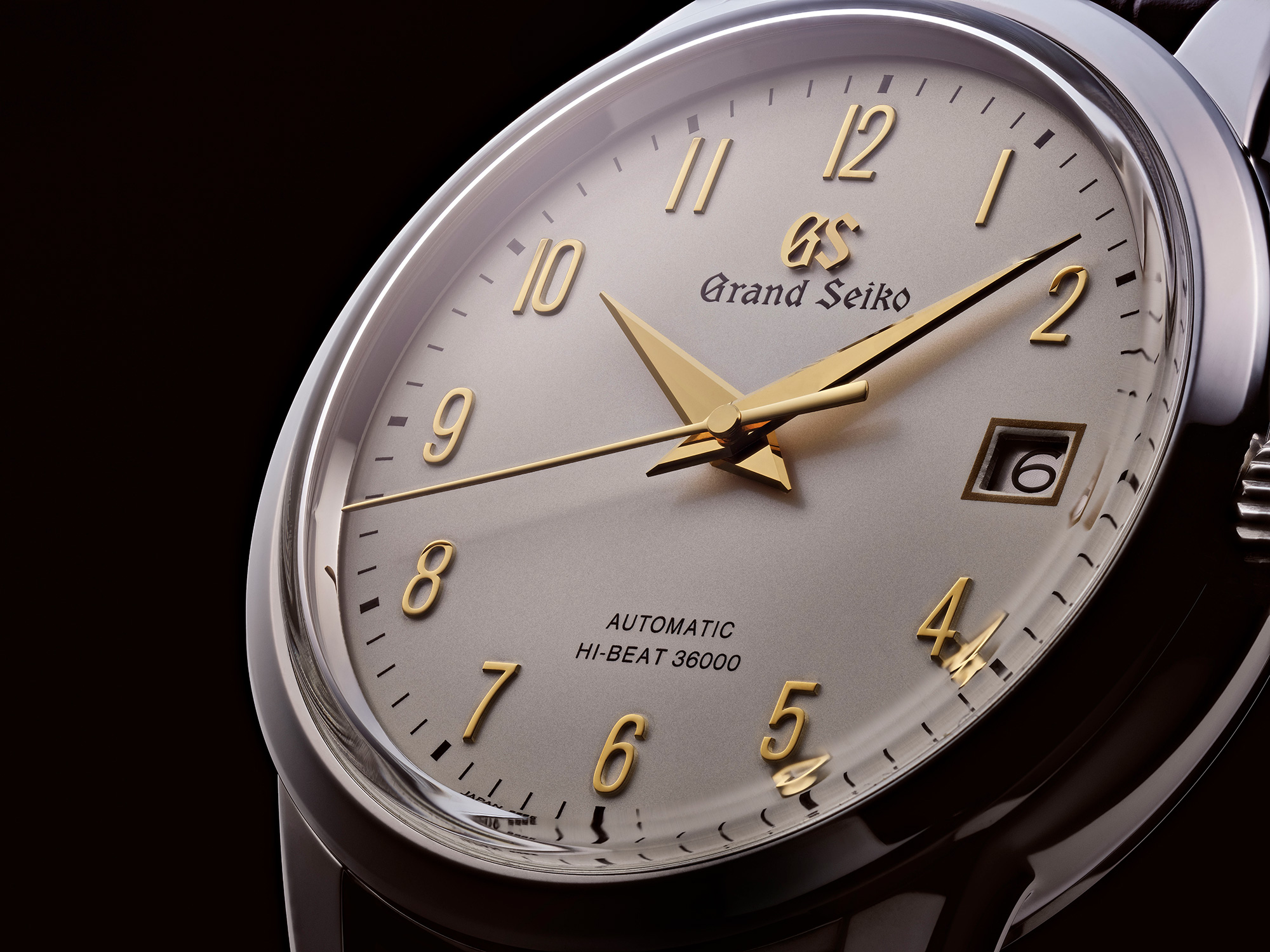

Masayuki Hirota, editor-in-chief of the Japanese edition of the luxury watch magazine Chronos, selects six Grand Seiko models with memorably exquisite dials. The earliest of these dates from 1988, when the brand took its first steps toward revival.
In addition, we also present part one of another article, “Attractive models sure to gain even greater recognition in the future, selected by GS9 Club.”
Swiss watchmakers have long used press patterning as a means to decorate dials, but the technique developed as a result of trying to streamline the existing guilloché method, where artisans engrave the metal dials individually by hand. However, the technique has largely been lost among Swiss brands today.
The mould used for pressing is generally made of a hard metal, and the first step to engrave the pattern onto the mould is very hard. It is also extremely difficult to transfer the pattern clearly by applying strong pressure to the thick brass base plate used for the mould. In addition, the mould wears down the more it is pressed, so it must be reproduced at some point, which requires high skills in its own right.
In other words, only very competent brands can use pressed dials. As a result, although symmetrical and geometric patterns are made by some brands, the technique of making very unique dials by press has declined in Europe. Recently, some brands have introduced models with pressed dials, but the designs were still symmetrical.
On the other hand, Grand Seiko has made pressed dials their specialty and flourished through designs with a unique expression. Patiently overcoming the difficulties that had led European brands to abandon press patterning, Grand Seiko went still further to develop the technique. By combining this with a thick, clear coating process, Grand Seiko has achieved revolutionary dials that are no longer a substitute for existing techniques, but possess a distinctive texture and depth.
This has made it possible to mass produce asymmetric and organic patterns, which previously could be achieved only by hand engraving individual dials one at a time. I think Grand Seiko was one of the first companies who noticed the possibility of producing compelling dials using the pressing technique, provided that a good original metal mould could be manufactured.
The dial that I would like to mention first as the culmination of these efforts is the “White Birch” dial used in the Evolution 9 Collection SLGH005 and SLGA009 (Photo 1). The fact that asymmetrical textures were incorporated into the dial despite it being used in regular models and that this achieved wide recognition, is in itself highly innovative.

The pattern is pressed clearly and deeply into the metal, which is then meticulously polished after the application and drying of a clear coating to heighten the dial’s texture. On closer comparison, the dial of the mechanical SLGH005 is more robust in design, while the Spring Drive SLGA009 dial has a subtle refinement. There is also the pleasure of selecting the watch that best fits one’s own taste.
Another example of Grand Seiko’s advanced forging technology, the Elegance Collection SBGH263 (Photo 2), released exclusively in the United States in 2017, is not to be missed. It is equipped with the mechanical Hi-Beat Calibre 9S85, which is housed in a 39.5 mm case. The golden Arabic numerals are embossed onto the dial. Normally attached as separate parts, the numerals are embossed onto the dial by forging.

When numerals or indexes are embossed, surface treatment is difficult because they are integrally moulded into the base material, but Grand Seiko excels in this field. Moreover, since the pressing technique used is highly advanced, the sides of the indexes are subtly rounded, despite having been pressed out firmly without distortion all the way to the base. Their soft and delicate expression is sublime.
I am quite serious about getting this model, so I honestly do not want to recommend it too loudly. Note that the current model of the same design is the SBGH213.
One of the themes that Grand Seiko emphasises is high legibility. Here are a few outstanding dials that were born out of an approach aimed at achieving this.
The first is the SBGS005 (Photo 3), housed in a 34.3 mm platinum case and equipped with Calibre 95, sold from 1991 to 1997 and already bearing the Grand Seiko logo at the 12 o’clock position.

What is interesting about this model is that separate components are attached even to the minute track, which is generally printed—the polar opposite of the above-mentioned SBGH263, in which even the numerals are embossed and moulded into the dial. This was a technique used by Suwa Seikosha (one of the predecessors of Seiko Epson Corporation) in the 1970s for its high-end timepieces, and the SBGS005 recreates it with an air of elegance.
To separately attach and fix all the dial components, from the indexes to the minute track, is a highly labour-intensive process. That Grand Seiko has enhanced readability by attaching separate parts and making them shine is a testament to the company’s honest and sincere pursuit of its goal of legibility.
Next is the SBGR002 (Photo 4), a self-winding model in a 35mm case rendered in 18k yellow gold. I believe it was created around the year 2000 (1998) by watch designer Nobuhiro Kosugi. It is one of my favourite Grand Seiko models.

One might imagine the combination of a yellow gold case and gold-plated dial, hands, and indexes would make it difficult to read the time, but Grand Seiko’s technical mastery has solved this challenge. The large indexes catch the eye through multi-faceted cutting and polishing, ensuring high legibility. The colour of the gold plating, which is said to be difficult to stabilise due to the metal’s thinness, is also meticulously controlled. The stylish look of this timepiece, which includes the subtle balance of the details, is admirable.
Another memorable model is the SBGX045 (Photo 5), released in 2005, which has a 38.2 mm high-intensity titanium case and houses a 9F quartz movement. It boasts an anti-magnetic resistance of 40,000 A/m, the world’s highest level among quartz watches.

The dial is given a completely matte, deep black finish with a coating of jet black, a colour said to be used on the inside of cameras to black out light. The result is excellent legibility, but the manufacturing process must have posed numerous challenges, such as allowing for a good ink transfer to print the logo. This model is quite exceptional in the Grand Seiko’s lineup, where polished dials with a glossy finish enjoy popularity, but it is one that impresses with a high level of dial-making craftsmanship that says, “we can achieve anything.”
Finally, allow me to mention the Elegance Collection SBGM221 (Photo 6) with a 39.5 mm case diameter and added GMT function. At a recent event held in the United States, Jack Forster, former editor-in-chief of US-based watch website Hodinkee, and Peter Chong, co-founder and editorial director of Singapore-based horological site Deployant, happened to be wearing the same model. It was the SBGM221.

The simple ivory finish without a pressing pattern creates a clean dial, but the colouring is extremely warm. In the 1990s and 2000s, several European brands tried to create such a glossy, ceramic-like finish on their dials, but due to surfaces prone to cracking and other problems, there were few examples that worked well. Through its advanced technology, Grand Seiko has successfully achieved this.
While simple in appearance, the dial actually boasts a high quality that requires much time and effort. Popular elements such as the blued steel GMT hands have also been retained. As the choice of world-class connoisseurs, this is a timepiece for the world’s discerning watch collectors.
Due to Grand Seiko’s attention to detail, even seemingly simple watches benefit from expertise in dial manufacturing cultivated over many years, leading to the ever-present possibility of a collectible model being created. The timepieces listed here are only a fraction of what Grand Seiko has to offer. I invite you to take a closer look at your own Grand Seiko and savour the craftsmanship that has been poured into its creation.
Masayuki Hirota
Born in 1974 in Osaka. Watch journalist. Editor-in-chief of the Japanese edition of Chronos, a magazine specializing in luxury watches. He actively writes for print and digital publications in Japan and overseas. Co-author of A Japanese History of Time: How the Japanese Have Created Time (Shogakukan) and Japan Made Tourbillon (Nikkan Kogyo Shimbun), among other publications.
Part 1
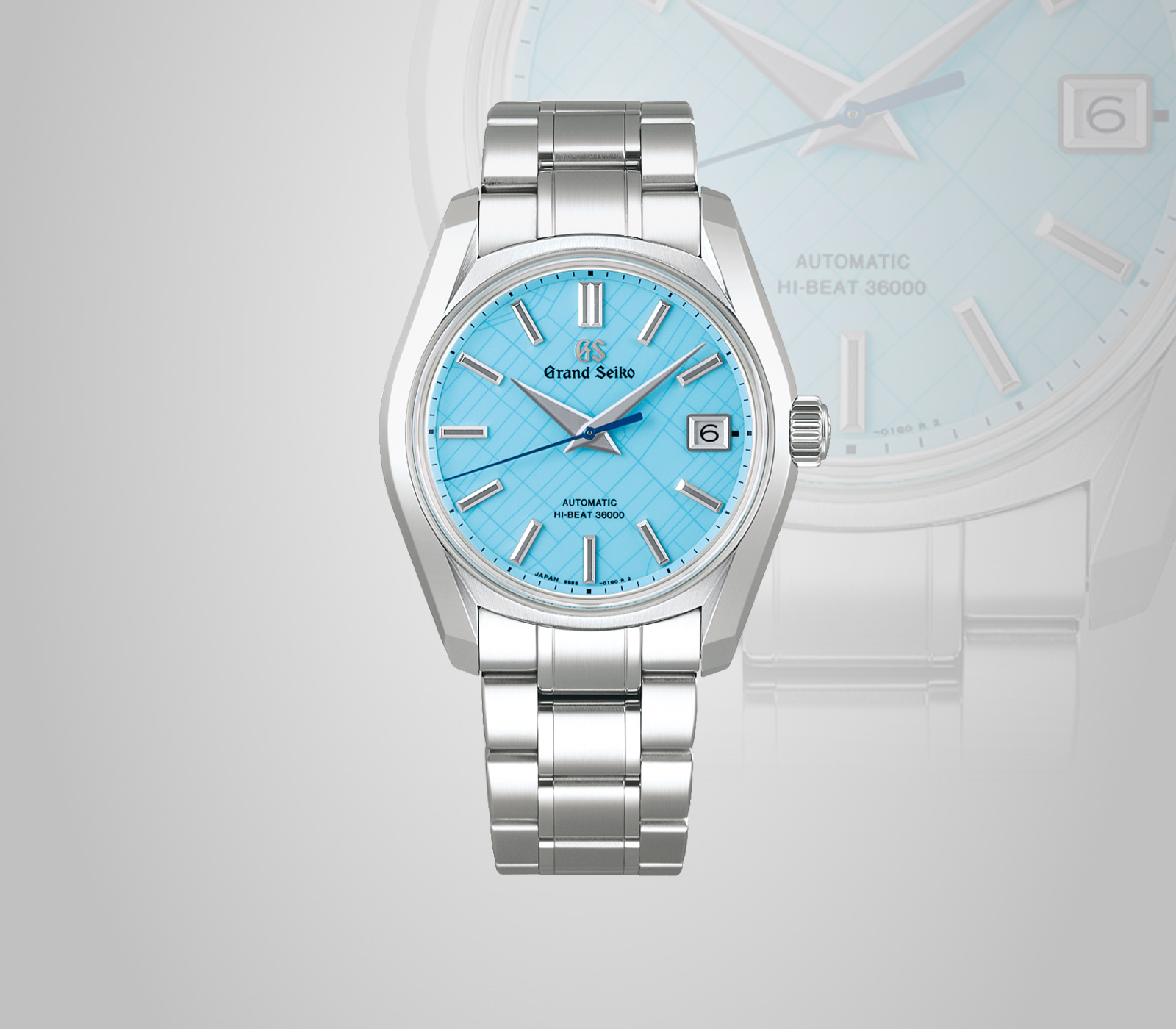
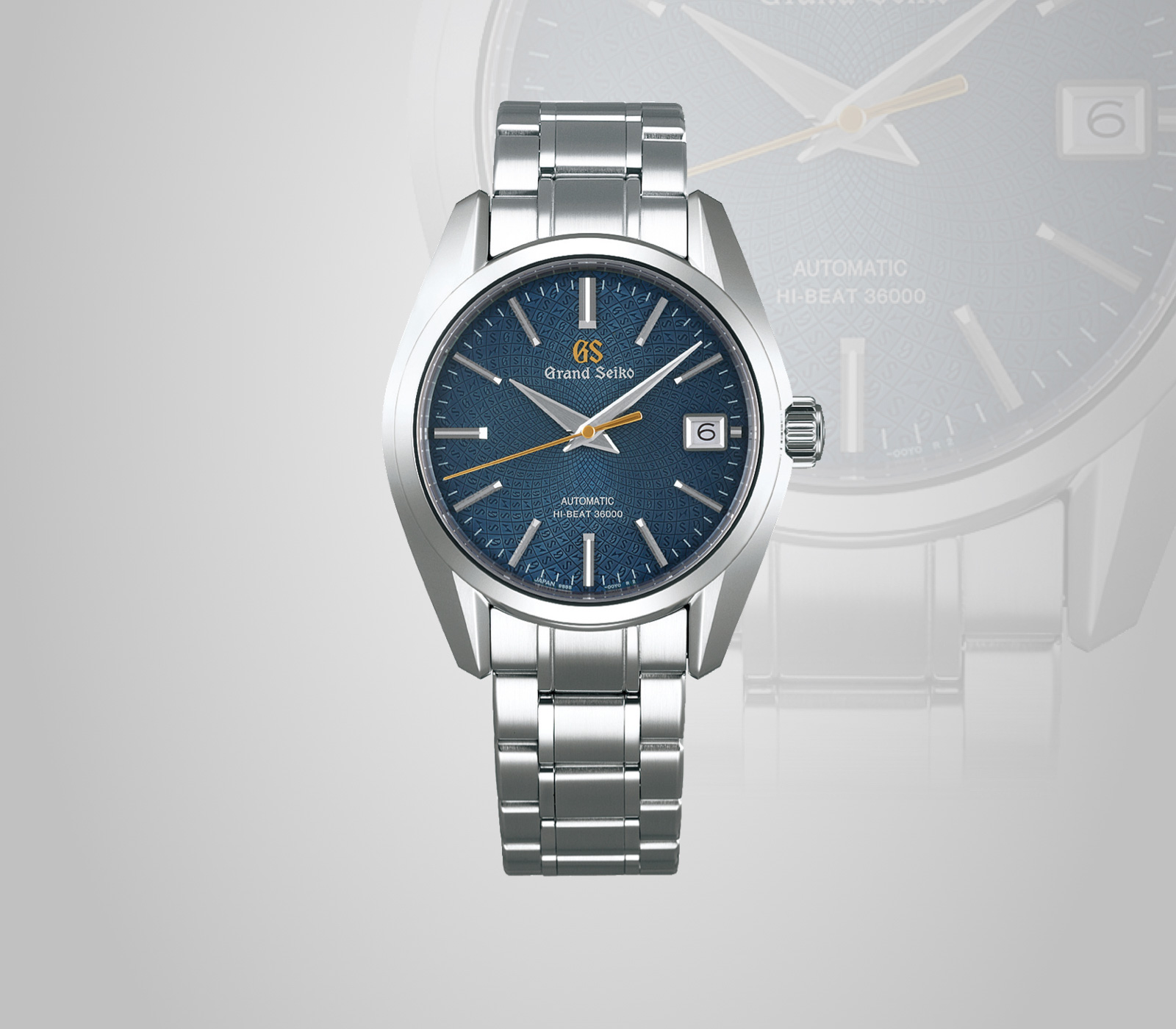
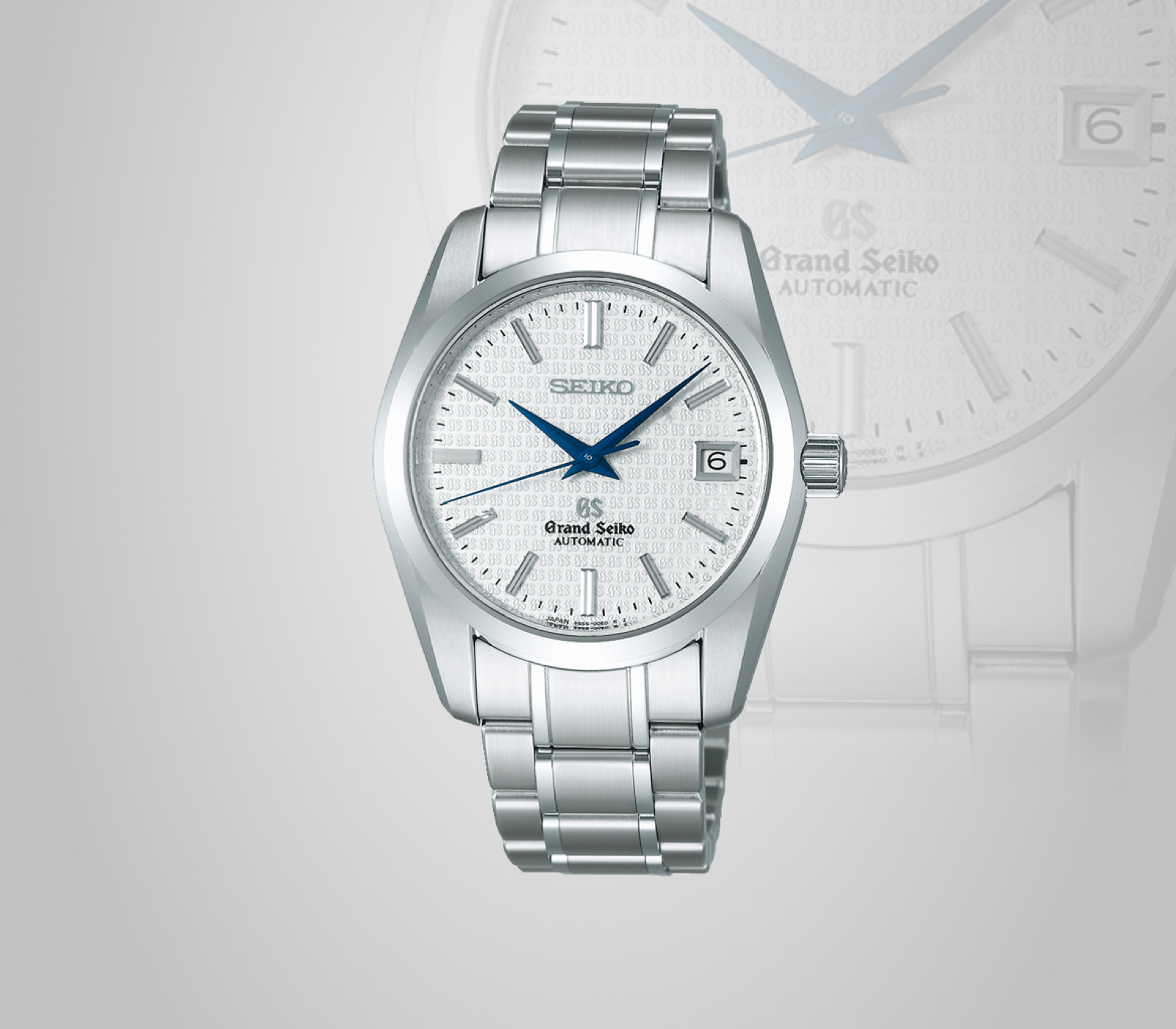
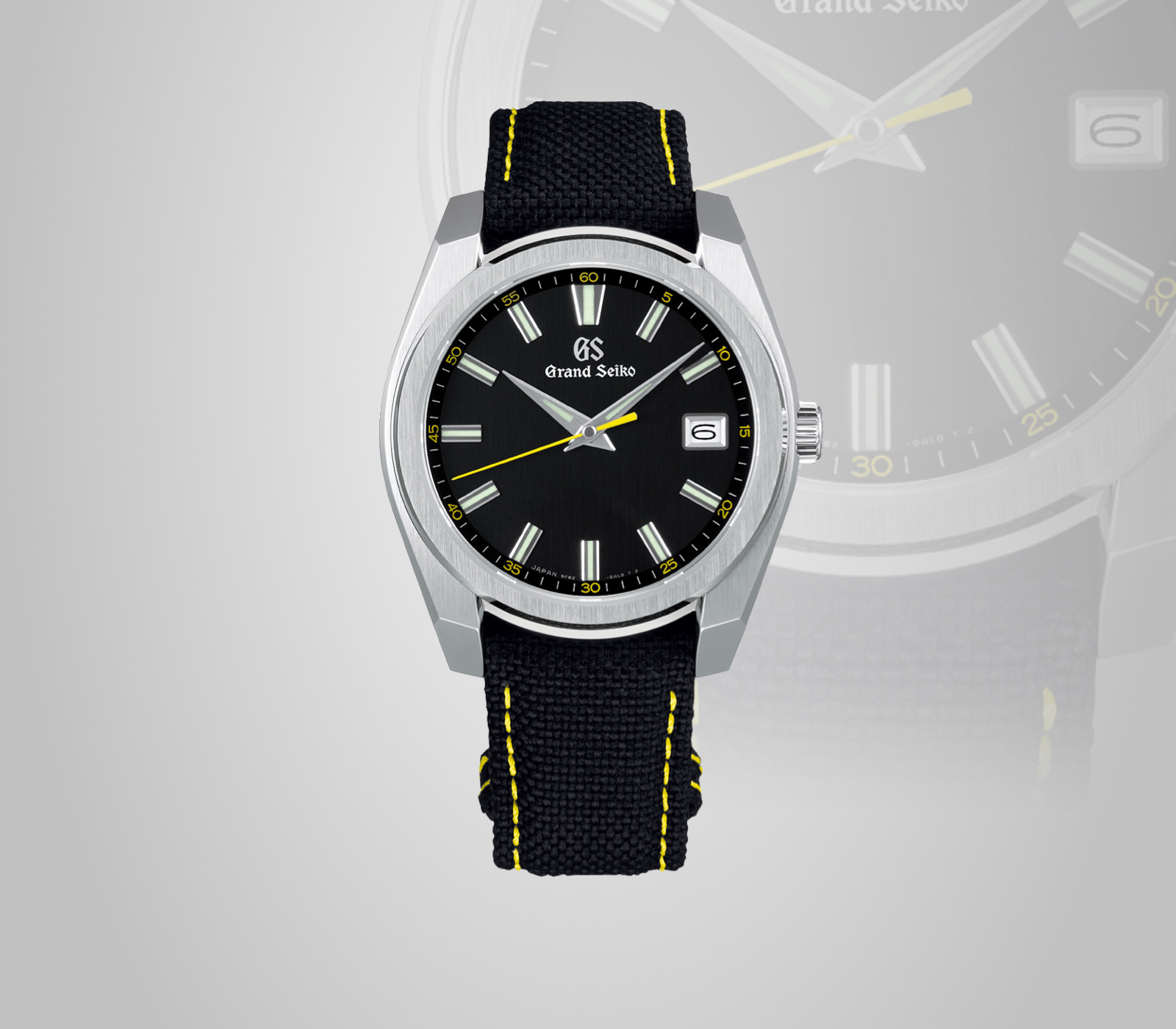
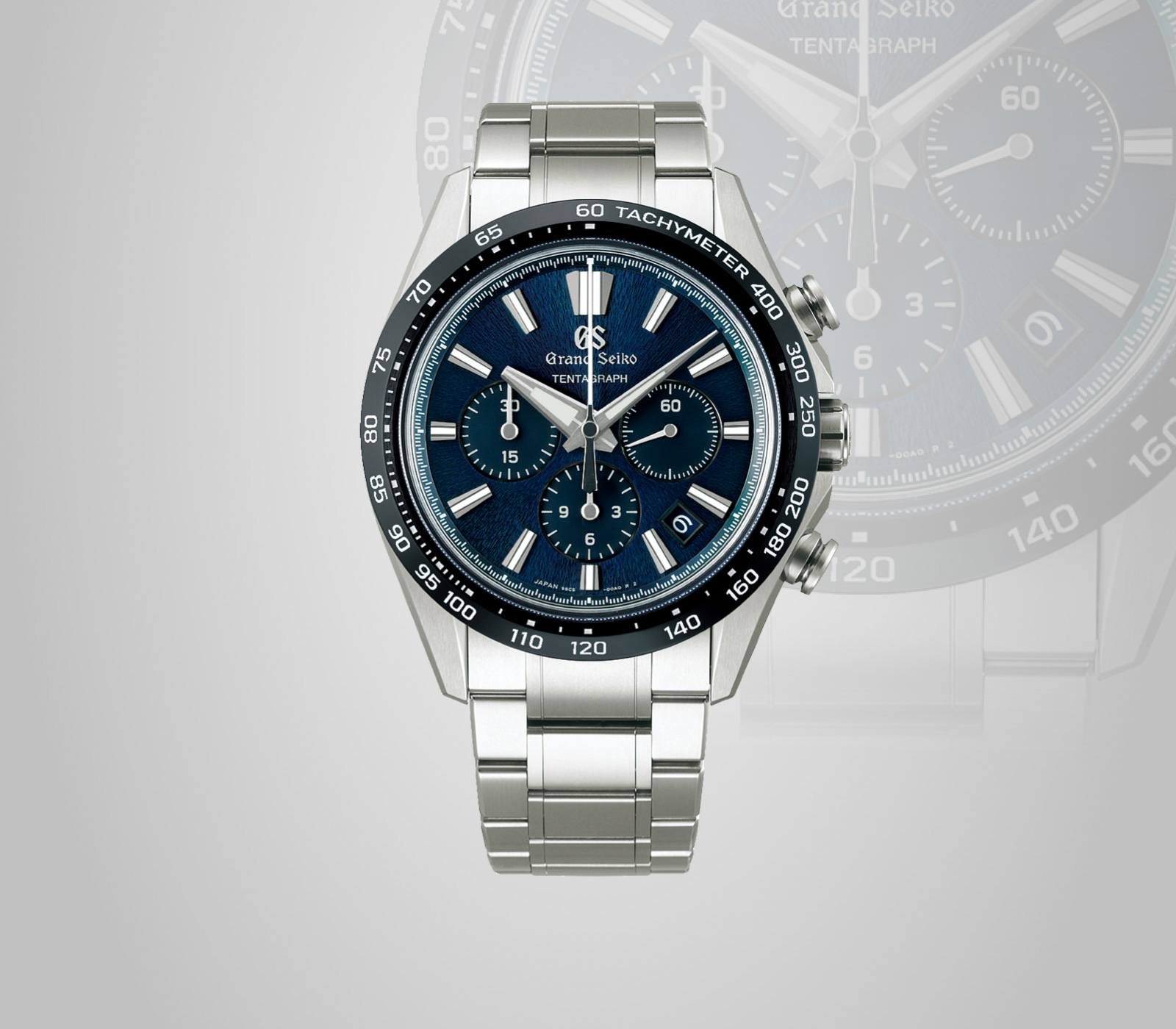
Copyright
photography = Naohiro Tsukada
text = Akiko Inamo
